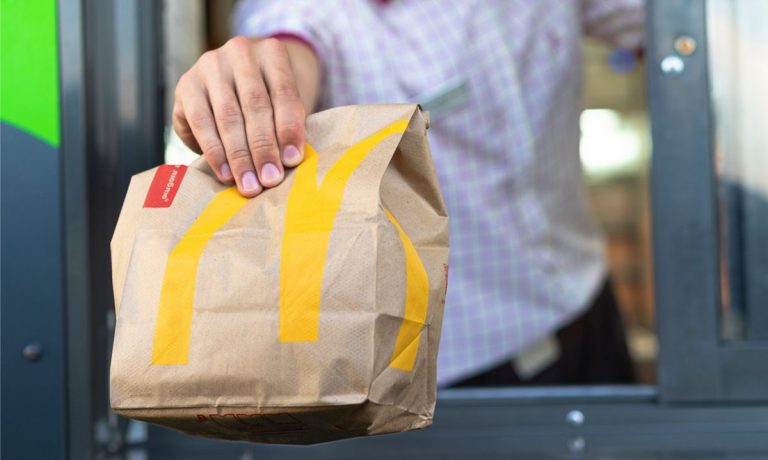
California’s fast food restaurants are pushing back against a bill that passed in the state Senate Monday (Aug. 29), mandating new standards for fast food workers’ wages, schedules and working conditions.
The bill, AB 257, or the Fast Food Accountability and Standards (FAST) Recovery Act, is now headed to the desk of Governor Gavin Newsom for gubernatorial approval, and the restaurants affected by the bill are doing what they can to keep these measures from going into effect.
“Every resource at our disposal will be used to ensure our entire membership is asking the governor to veto this bill,” Jot Condie, president of the California Restaurant Association, said in a statement quoted in The Wall Street Journal.
Additionally, restaurant owners and operators are arguing that the bill would hurt consumers, raising their menu prices, according to The Guardian.
The bill would enable the state to raise fast food restaurants’ minimum wage to possibly as high as $22 per hour and set new requirements in regard to working hours and health- and wellbeing-related working conditions.
The news comes as restaurants’ labor challenges have come to the fore in recent years, post-quarantine, with many workers’ frustrations with these jobs coming to a boiling point — requiring many restaurants to find new ways both to hire and retain employees and to automate some of the labor-intensive tasks needed to keep the restaurant running.
Research from the 2022 edition of PYMNTS’ “Restaurant Readiness Index,” which drew from a survey of more than 500 managers of quick-service restaurants (QSRs) and full-service restaurants (FSRs) across the country, found that 45% of them had had difficulties hiring people to work in the previous three months.
Read more: More Than Half of Restaurants Depend on Digital Sales, Despite Uptick in On-Premises Orders
Plus, 46% reported difficulty in retaining employees in the previous three months. Moreover, for chain QSRs, 52% and 54% reported these hiring and retention challenges, respectively.
Additionally, the study found that about one in three restaurants report that their level of service has decreased as a result of staffing issues. Twenty-eight percent of restaurants reported that they have implemented technology to pick up some of the slack, and 19% have had to turn away customers.
“We’re working on a number of different [retention-boosting] things,” Jake Guild, senior vice president and chief accounting officer at BJ’s Restaurants and Brewhouse, told PYMNTS in an interview. “Some of it stems from how we operate our restaurants and coming up with newer technology that simplifies the interaction between our guests and our restaurants.”
See also: Restaurants Leverage Back-of-House Tech to Boost Employee Retention
Notably, when it comes to how these challenges affect the customer experience, consumers are not terribly sympathetic, given that many are not even aware of these challenges.
Research from the May/June edition of PYMNTS’ Digital Divide series, “The Digital Divide: Technology, the Metaverse and the Future of Dining Out,” which drew from an April survey of nearly 2,500 U.S. adults who regularly purchase food from restaurants, revealed that only 36% of consumers at least partially agree that the restaurants they visit have become understaffed. Only 27% of consumers strongly agreed.
Related news: Restaurants Tinker With Tech Recipe to Balance Efficiency and Personal Service